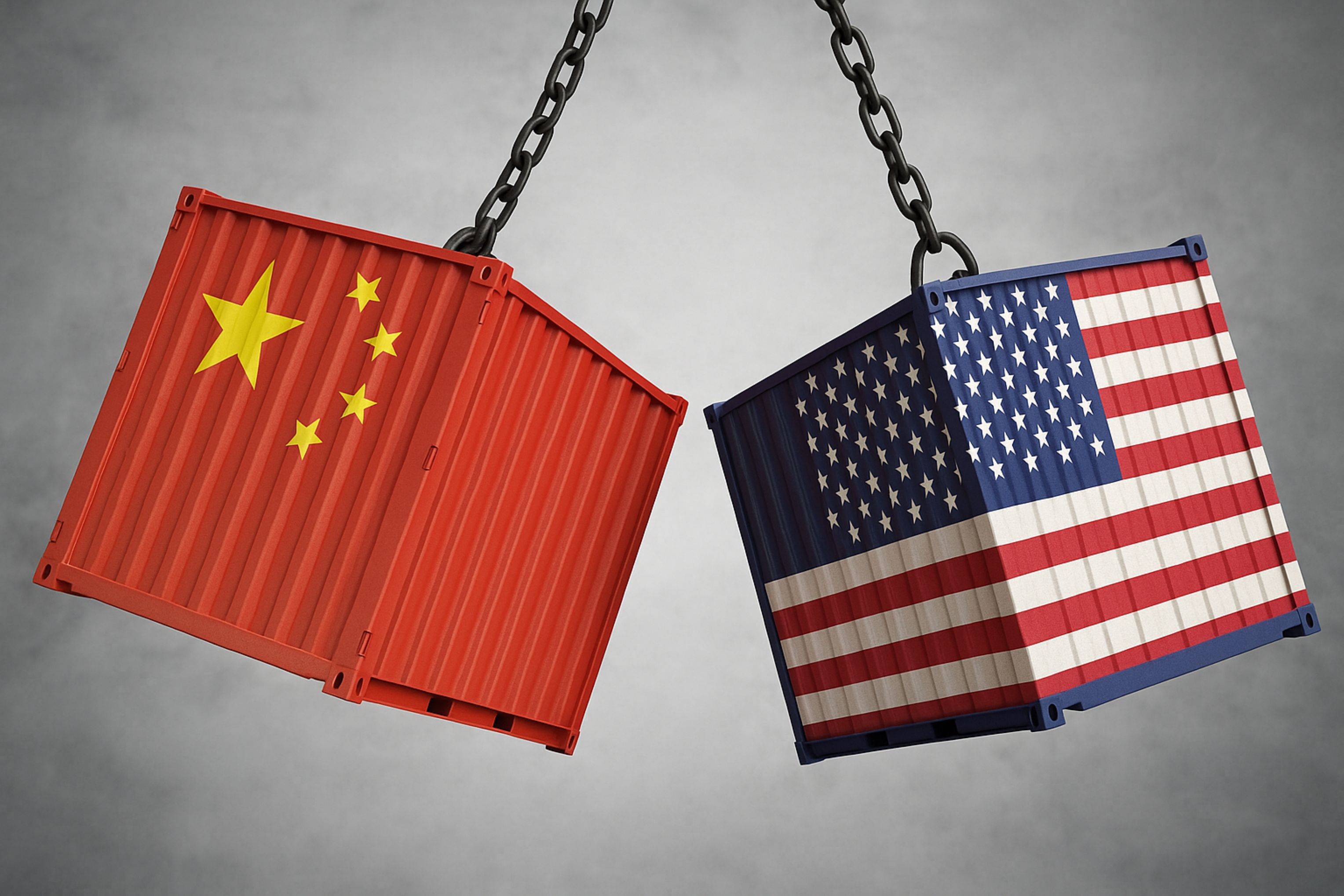Ulta Beauty Earnings Preview: Could the Share Price Face a Short-Term Pullback?
$538.48
04 Dec 2025, 17:50

AI Generated

Ongoing trade tensions force manufacturers to abandon US in favour of Latin America, Europe, and Africa—raising concerns over global pricing and competitiveness
Chinese Exporters Pull Out of US Amid Trade War Uncertainty
The ongoing tariff volatility between the United States and China is pushing many Chinese exporters to walk away from the once-crucial US market. Amid unpredictable tariff hikes, de-escalations, and fresh threats from the Biden administration, businesses across China’s manufacturing heartland are shifting their focus towards more stable regions such as Latin America, Europe, and Africa.
This dramatic pivot marks a potential turning point in global trade dynamics and may carry longer-term implications for supply chains, pricing, and corporate revenues—particularly for Western importers and investors exposed to Asia-US trade routes.
“We’ve Given Up on the US”
Jacky Ren, owner of Gstar Electronics Appliance, once depended on the US for over 60% of his revenue. Today, he's turned his back on the American market entirely.
Ren is not alone. Other Chinese manufacturers—from Halloween decoration producers to consumer electronics exporters—have reported similar shifts. Lou Xiaobo, another exporter, said his firm’s revenue has halved due to a collapse in US orders. He’s now seeking opportunities in Brazil.
Export Growth Despite US Decline
Ironically, China’s overall exports have still grown:
This broader growth will likely support China’s third-quarter GDP figures, but exporters remain uneasy.
“Losing access to the United States is like the rail industry losing its locomotive,” said Ren, highlighting that many businesses are now selling at a loss just to stay afloat.
Global Competition and Pricing Pressure
As Chinese exporters crowd into alternative markets, competition is intensifying:
Many companies now find themselves in a race to the bottom, sacrificing margins in order to maintain market share.
“Every market is highly competitive... all we can do is hold on and wait,” said Ren.
US Buyers Retreating, Not Just Chinese Exporters
At the recent Canton Fair—the world’s largest trade exhibition—exporters noted a significant shift in attendance:
Some exporters say the decision to exit the US was not theirs. According to Cai Jing, who runs a family-owned mug and blender business:
“It’s not that we’re giving up on the US market. It’s that US buyers gave up on us.”
Market and Investment Implications
The shift away from the US could ripple through global markets:
For now, China’s exporters are simply trying to survive, but their reorientation may permanently reshape global supply chains—and investors should take note.
Conclusion:
While China’s export machine remains resilient, the loss of the US market is a significant blow. As manufacturers seek new markets under pressure, pricing power and profits are diminishing. The long-term impact could redefine global trade and offer both risks and opportunities for international investors.
Sources: (Investing.com, Reuters.com)